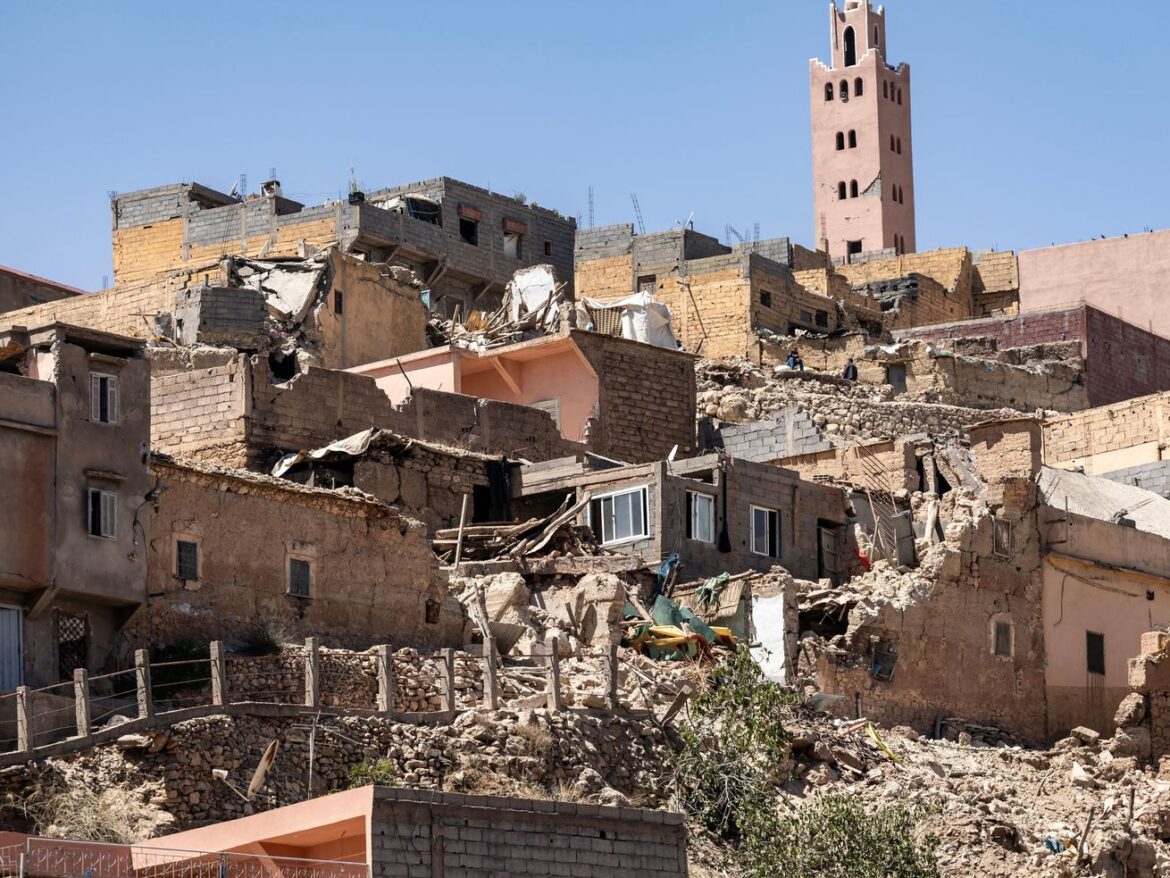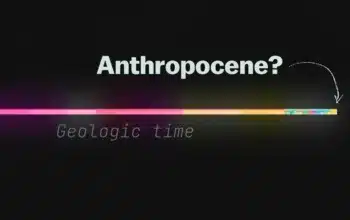A massive quake near Marrakesh on Friday night has killed more than 1,000.
More than 1,000 people are dead after a powerful earthquake with a magnitude of at least 6.8 hit Morocco Friday night near the city of Marrakesh, the largest such quake to hit the country decades.
The death toll is rapidly climbing as rescue workers search the towns and villages around the epicenter in the High Atlas Mountains and make their way through the rubble of Marrakesh’s old city, located about 70 kilometers north. Morocco’s leader, King Mohammed VI, has called upon the military to conduct search and rescue efforts, and other nations including France, the United Arab Emirates, and Turkey have pledged their support with the operation.
The area near the quake’s epicenter is known for its small, scenic villages tucked into the mountains while Marrakesh is an international tourist destination with a history dating back to the Middle Ages. The famous red walls representing the city’s boundary, as well as the Kutubiyya mosque in the old city, had both been damaged in the quake, but the full extent is still unknown.
Many Buildings in the old city are hundreds of years old; the Kutubiyya mosque dates back to the 12th century. Because earthquakes are rare in Morocco, structures are not built to withstand them as they might be in a city like San Francisco or Tokyo. Additionally, the quake was just 18 kilometers below ground, according to the United States Geological Survey, likely increasing the damage and portending a high death toll. “I would expect the final death toll to climb into the thousands once more is known,” Bill McGuire, professor emeritus of geophysical and climate hazards at University College London told the Associated Press. “As with any big quake, aftershocks are likely, which will lead to further casualties and hinder search and rescue.”
Both Marrakesh and the surrounding areas have a high population density, which will likely impact the casualty count. Though the impacted region itself has a population of around 1.8 million, parts of Marrakesh are more densely populated than Manhattan, according to a New York Times analysis of data from WorldPop, a project from the University of Southampton in Britain.
Earthquake science has improved in recent decades and insight into fault lines and possible quake locations is far clearer than it was in the past, which can help drive policy and preparation. But it’s still impossible to predict when earthquakes will happen — making it all the more important that vulnerable regions are prepared to withstand the disaster.
Here’s how Morocco’s government is handling the crisis
Morocco does have a prime minister, Aziz Akhannouch, but the king has final say in matters of state, according to Morocco’s constitution. Any international aid will have to be at Mohammed’s invitation.
The monarchy is an important institution to Morocco’s national identity, and dates back to the 8th century. Mohammed’s father, Hassan II, ruled for 38 years at a time of post-colonial transition for Morocco and the African continent more broadly; though he has a complicated legacy, he was a notable presence on the world stage and cultivated friendships with the US and Israel.
Mohammed, however, is often absent from his country, and not for diplomatic trips — he returned to Morocco this spring after extended trips abroad to France and Gabon, and is often seen in the company of German-born Moroccan Ultimate Fighting Championship fighter Abu Bakr Azaitar and his brothers. Though they haven’t been nearly as visible since Mohamed’s return, Moroccan press outlets often denigrate the brothers and express concern about their influence over the monarch, the Financial Times reported last month.
Morocco’s Royal Armed Forces have deployed helicopters, drones, and airplanes in the search and rescue mission, according to the Associated Press; travel by land to affected areas has been made extremely challenging due to traffic and debris from the quake. Mèdecins sans Frontières announced Saturday that it would send a team to Morocco and was already coordinating with local authorities.
Mohammed himself has not been seen or heard from since the quake; even his order to deploy forces for search and rescue was relayed through the Moroccan Army. Even though countries like Japan, Israel, and Turkey have offered support — and three French regions have even pledged $2 million for relief efforts— it’s not clear whether the king has accepted that aid.
Though Morocco is relatively stable in comparison with neighbors like Libya and Tunisia, it’s still contending with serious economic strife — including an agricultural sector suffering from prolonged droughts, and a tourism industry still recovering form the Covid-19 pandemic, not to mention crippling inflation due to the war in Ukraine.
Friday night’s earthquake is reminiscent of the one that rocked southern Turkey and parts of northern Syria in February, where inadequate infrastructure also contributed to the high casualty count and delayed search and rescue efforts. Though reforms to improve the buildings’ resistance to earthquakes were introduced in 2011, they have not been uniformly adopted in all of Morocco’s earthquake zones, the New York Times reported, and quality checks in poorer and rural areas are infrequent.



